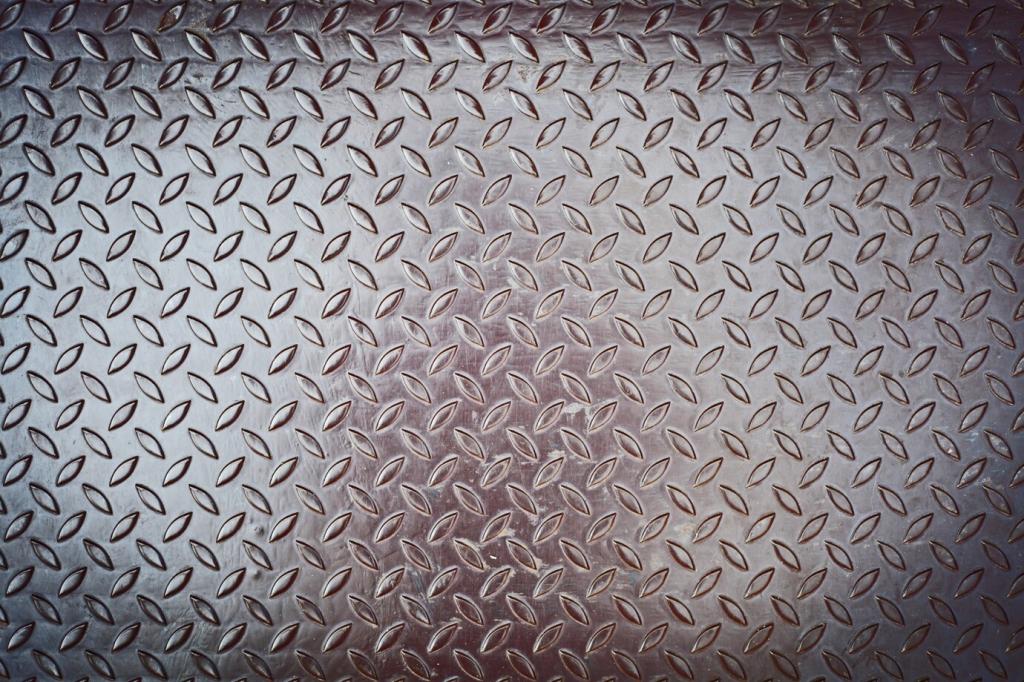Real-Life Case Study: A Zero-Waste Kitchen Refresh
We reclaimed maple cabinets, refinished doors, and turned an extra panel into open shelving. The sink and faucet were donated to a reuse center within a week. Comment if you want the full materials list; we’ll send the inventory and donation contacts.
Real-Life Case Study: A Zero-Waste Kitchen Refresh
Finding matching reclaimed tile took patience, so we mixed lots creatively to form a gradient backsplash. A stuck screw required drilling out with care. Share your hurdles below, and we’ll trade problem-solving ideas that keep zero-waste momentum alive during tough moments.




